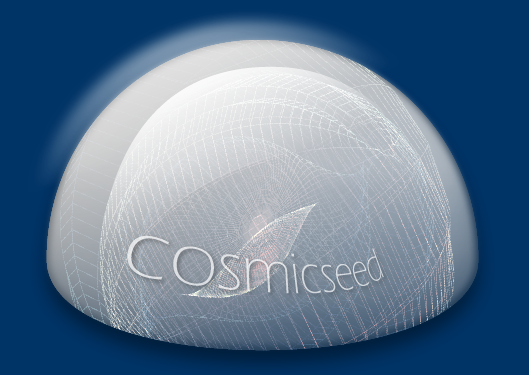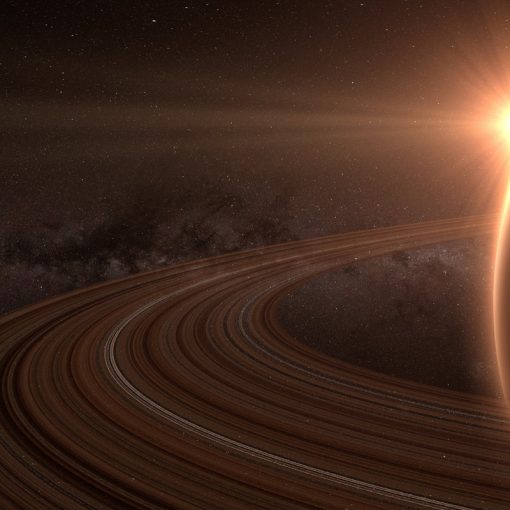September 3, 2010 | by Michael Anft
Space scientists have put several men on the moon, robotically explored the farthest reaches of the solar system, and calculated the age and composition of the universe. But they’ve had a hard time nailing down two of the most basic questions about life on Earth: How did the surface of the planet become mostly water? Especially since the massive collision that formed the moon 4.5 billion years ago would have vaporized any water then present? And how did Earth acquire the organic compounds that cooked up life? The common wisdom has been that comets, cooled by ultra-frosty temperatures beyond the solar system, smashed into Earth sometime after the moon’s creation, bringing water in the form of ice, possibly along with organic matter essential to the creation of life.But a recent pair of studies, one led by Andrew Rivkin, a planetary astronomer at the Applied Physics Laboratory, questions this long-held notion. Using infrared telescopes in Hawaii to measure the reflected light of asteroids, Rivkin’s team has discovered substantial ice and evidence of prebiotic, carbonaceous compounds on one of them. The finding, detailed in the April 29 issue of Nature, puts hypotheses on the origins of life on Earth in a new light and blurs distinctions scientists have long made between asteroids (orbiting rocky bodies that formed within the solar system) and comets (which typically come from outside our planetary system). A separate experiment run by an astronomer at the University of Central Florida (UCF) recently confirmed the Rivkin team’s results.
Read more…[ad name=”Horiz01″]



